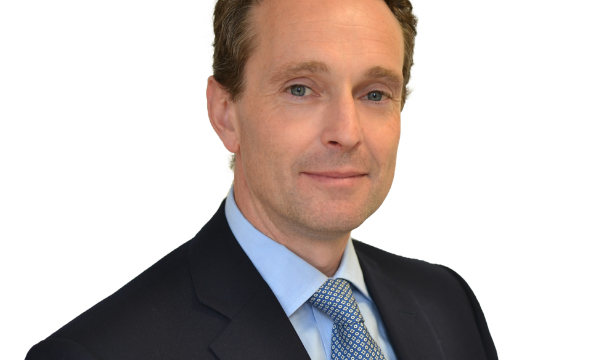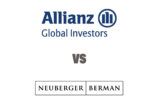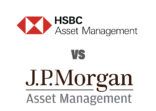Nick Payne, Old Mutual Global Investors
Previously, the fund was sub-advised by Fisher Asset Management. It was taken in-house in July last year just after the firm hired Nick Payne, Salman Siddiqui and Liz Fernandes from Nomura Asset Management, where they managed a global emerging markets fund.
“The principal change was simply that the previous manager had more stocks than we had,” Payne, the firm’s London-based head of global emerging markets, told FSA on a recent visit to Hong Kong.
The fund previously had 60 stocks in the portfolio. After Payne and his team took over, the portfolio was trimmed to 30-40 names.
“There was some degree of overlap,” he said. “There were stocks in there that we didn’t want at all.”
However, the team kept some of the original portfolio and added new names as well, he said.
He believes that having a concentrated portfolio differentiates the fund from its peers as most global emerging funds have 60-100 positions in their portfolios.
However, he admitted that keeping a concentrated portfolio is sometimes difficult. For example, if a good stock idea is identified, instead of just adding it to the portfolio they would first have to sell positions to make room.
Investment process
The team looks at a universe of 34,000 companies, but 85% of that is eliminated after they go through the first screen.
Payne does not invest companies having a market capitalisation of $500m and below, and companies must be able to have a return on invested capital of at least 10%.
“There are a lot of stocks in emerging markets that don’t meet our definition of quality, which is a company with a return on capital that can beat its cost of capital.”
The universe is pared down to about 1000 names and put through a “QMV screen”, which gives individual scores for quality, value and momentum. Quality and value account for 40% of the score each and momentum the remaining 20%.
After the QMV screen, the team is left with around 400 companies that are subject to additional research and perhaps company visits. “It’s a very big part of our process that we speak to someone in the company to understand how the business works,” Payne said.
Since most companies in emerging markets are family- or government-owned, Payne would also like to gain an understand of the owners’ motivation for running the business.
“Is this the sole source of the family’s wealth or do they have other businesses that distract their attention?”
He added that it is useful to speak to people besides the CEO, chief investment officer or the firm’s investor relations officer.
Controlling risks
The risk strategy involves seeing that risk to the fund remains stock-specific. The team checks if there are correlations between individual stocks or if several companies are exposed to a particular sector or macro-risk, such as the price of oil.
“We try to tease out any unintended risks that you get when you combine the portfolio.”
In addition, the manager is also cautious when buying stocks that he has never looked at before. A 1% position is the initial step, but that may be increased over time.
The team also makes use of a discounted cash flow model, which provides a framework for assessing the value of a company.
“That gives us our estimate of intrinsic value of the company. We would sell if the stock reaches fair value as there is no reason to hold it any longer.”
The three-year performance of the firm’s GEM strategy versus its benchmark and sector.


















